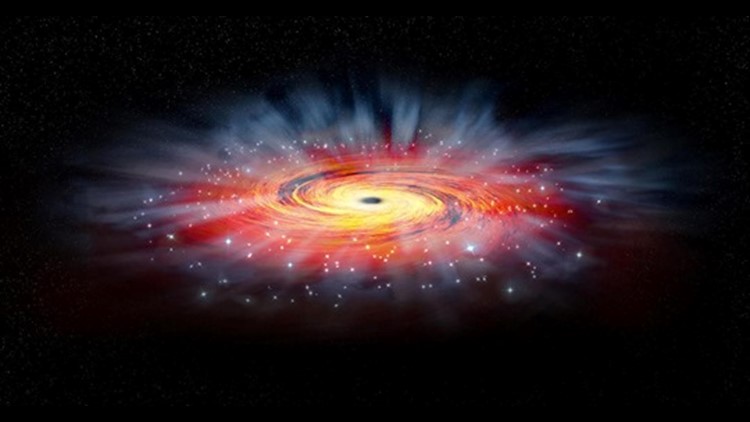(CBS NEWS) -- Astronomers spotted something they call "unprecedented" while observing the closest supermassive black hole to earth this spring – an eruption and massive burst of infrared radiation. And scientists can't say definitively what caused the flash.
The black hole known as Sagittarius A* (Sgr A*) is situated in the middle of the Milky Way, just 26,000 light years from Earth, according to NASA. Scientists observing the black hole for four days in April and May of this year using the Keck II Telescope in Hawaii saw the event.
While it has been known to be "highly variable" for years, the new observations reached much "brighter flux levels" in 2019 than ever measured at that black hole before, according to a study accepted to the journal Astrophysical Journal Letters. The distribution of flux variations from the four nights are also described as "very unusual" compared to historical data from telescopes, including the Keck II.
READ MORE: Read the full story at CBS NEWS
ALSO POPULAR ON KHOU.COM



